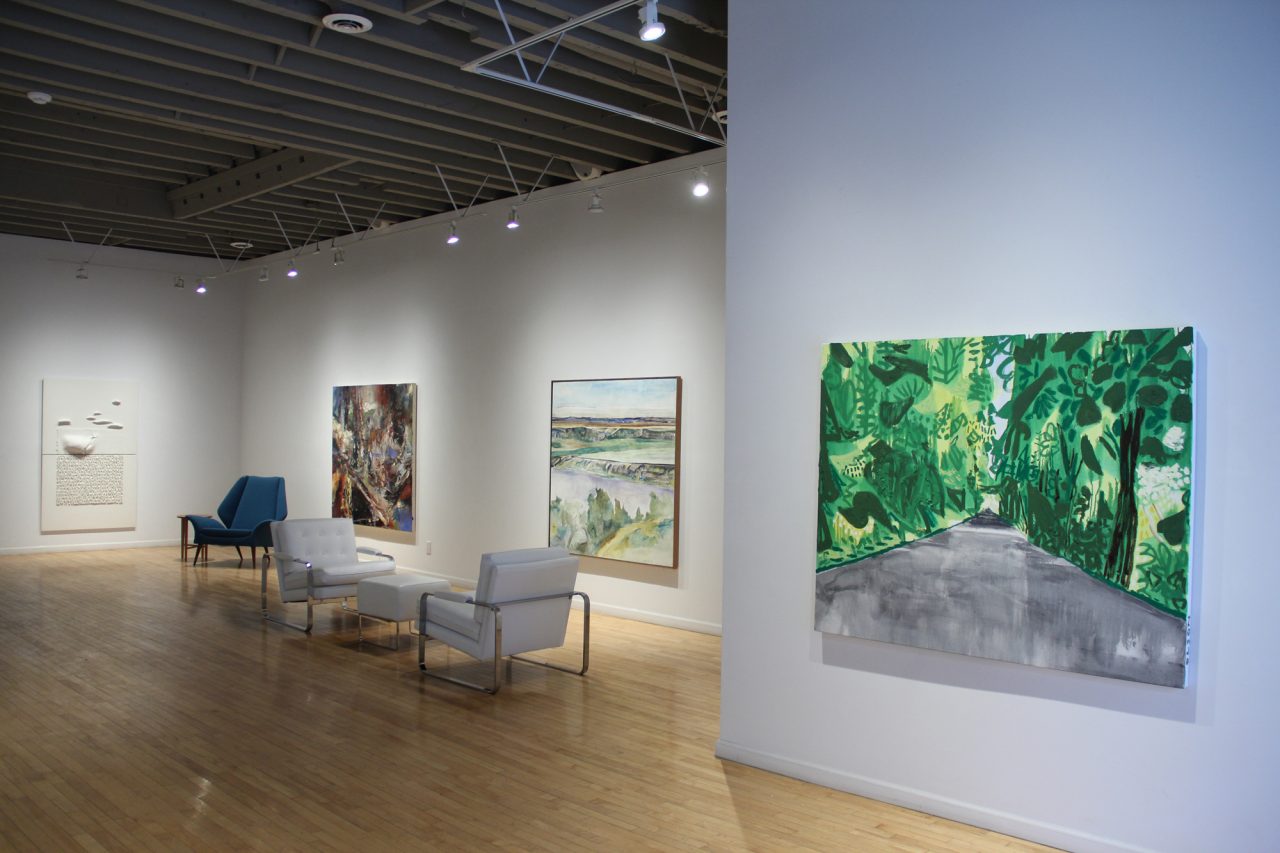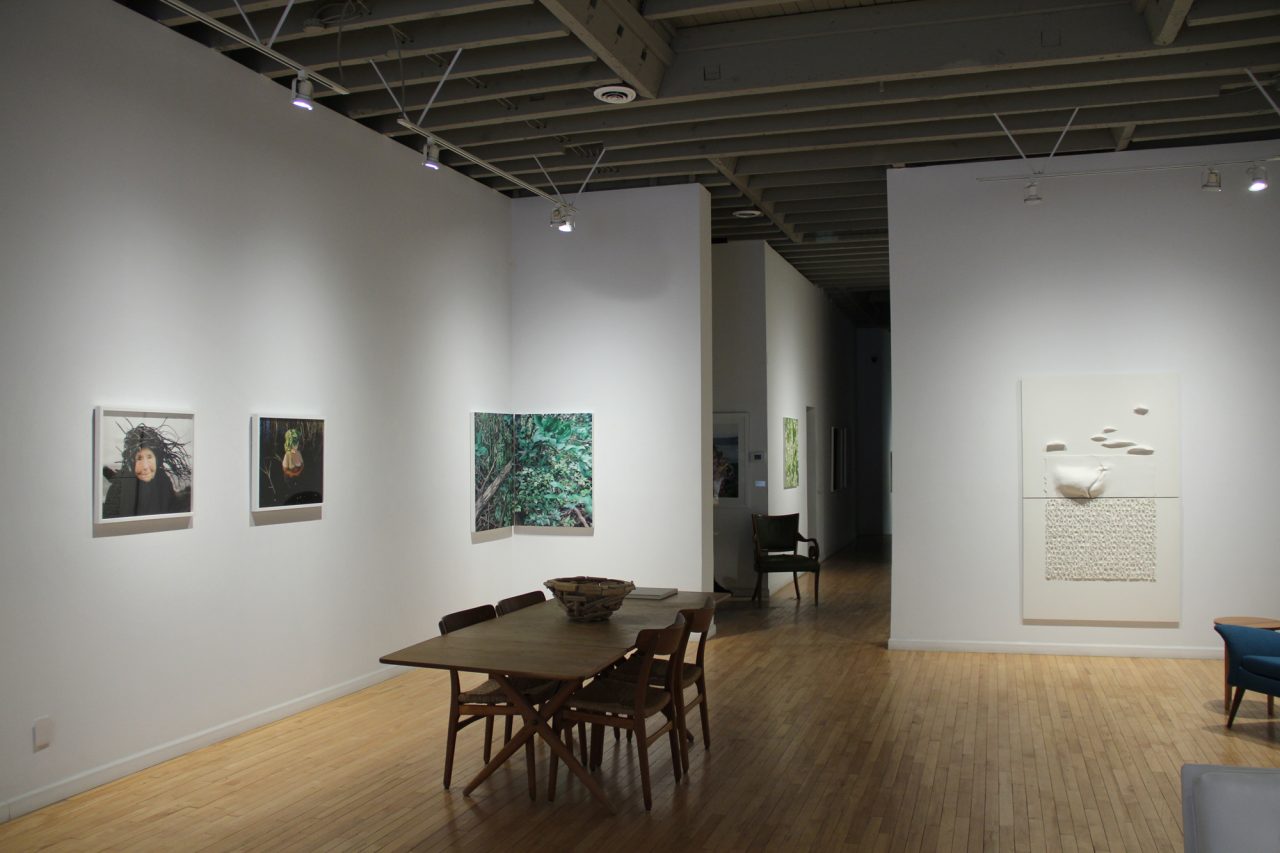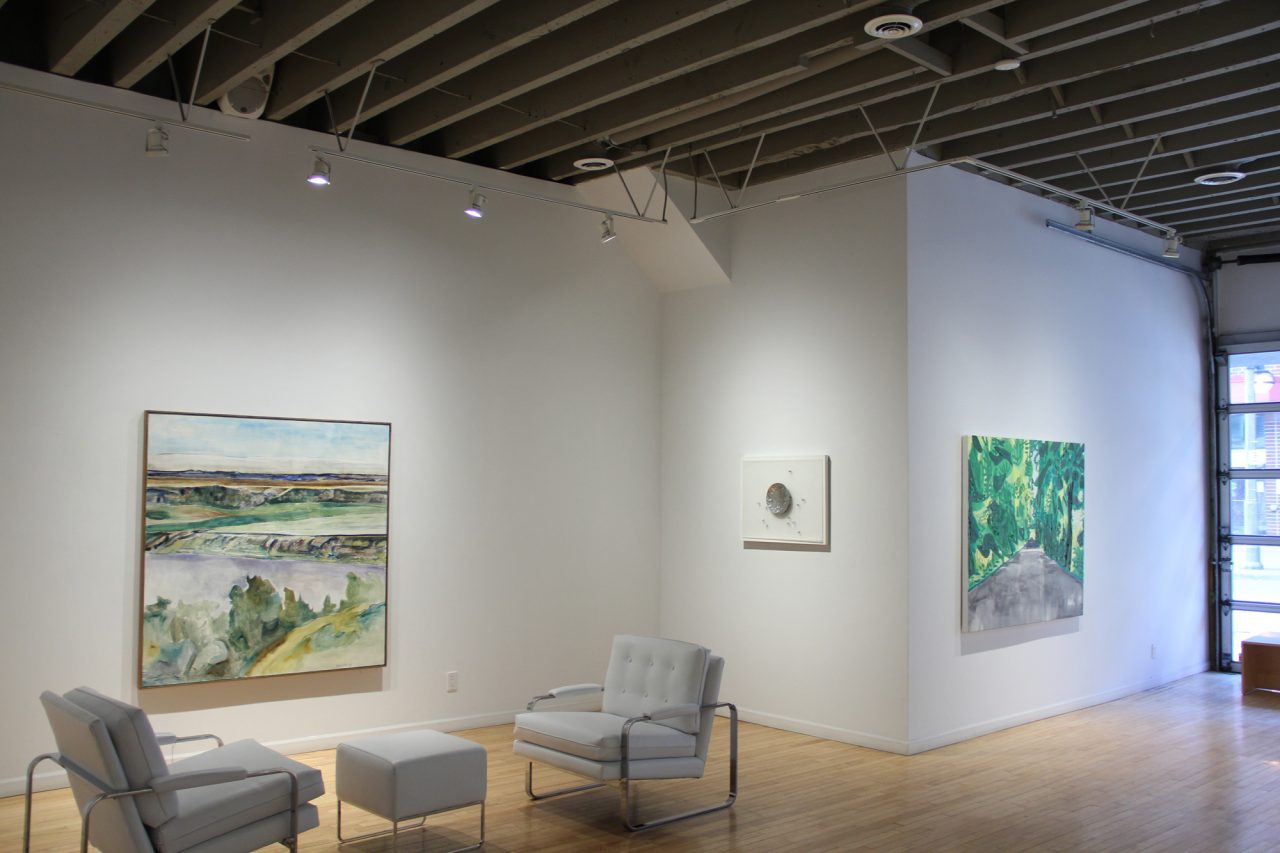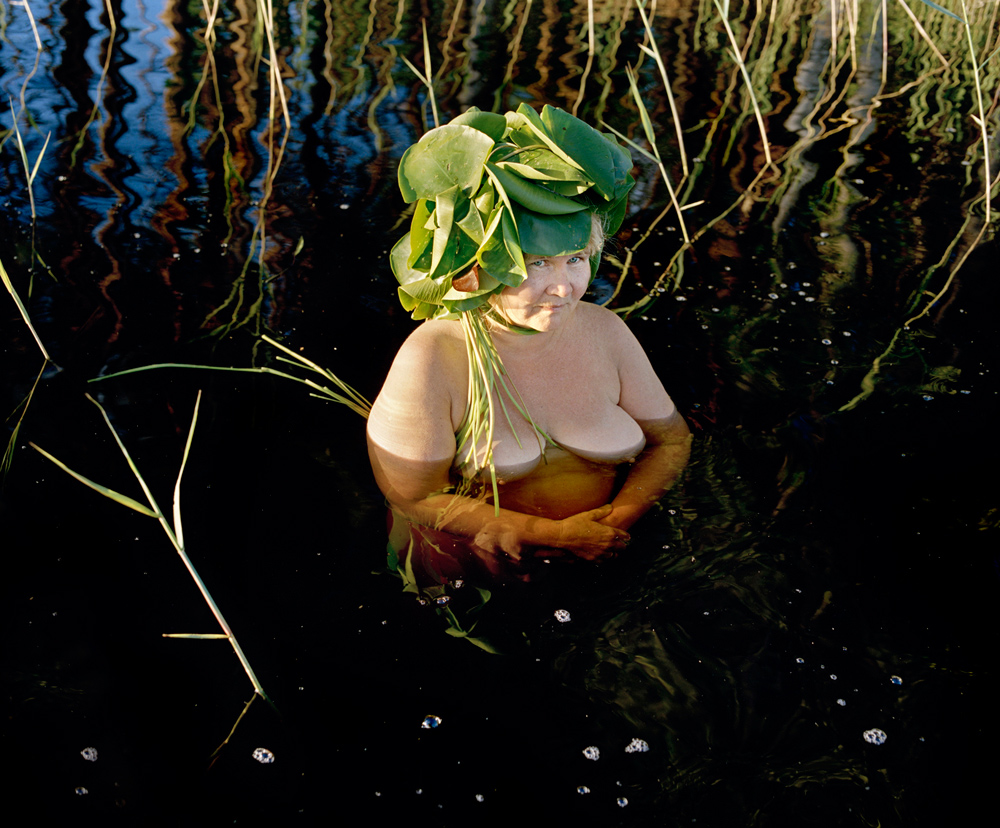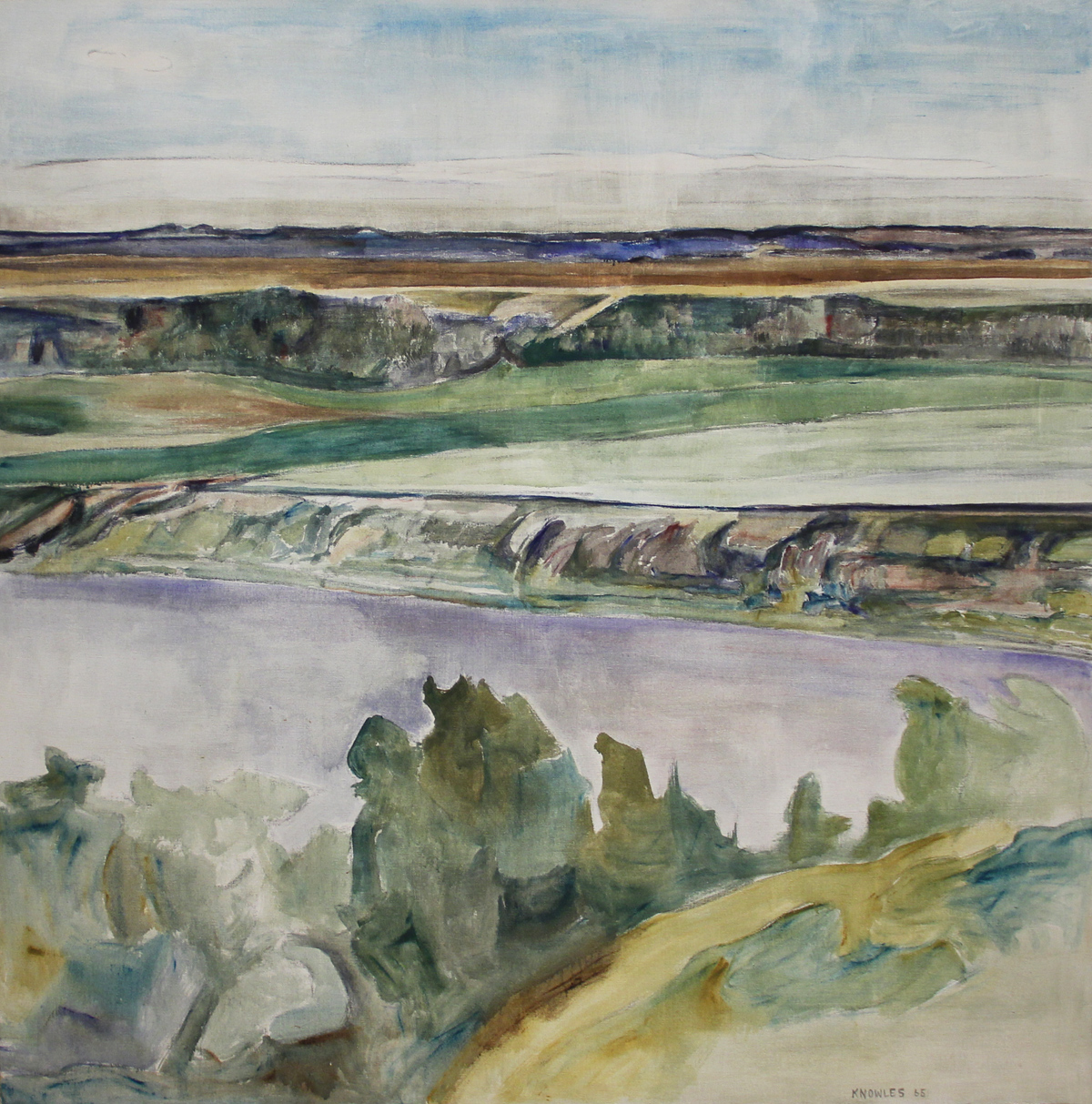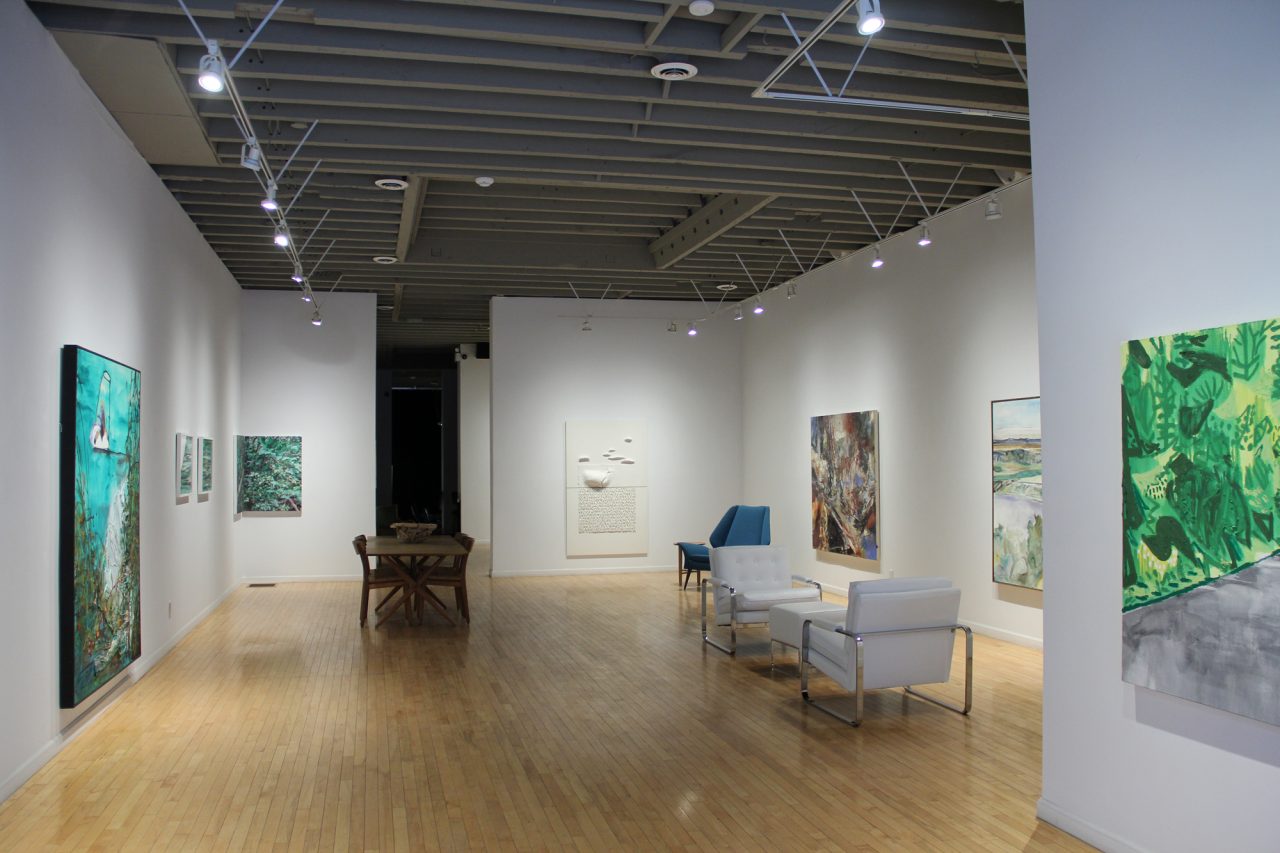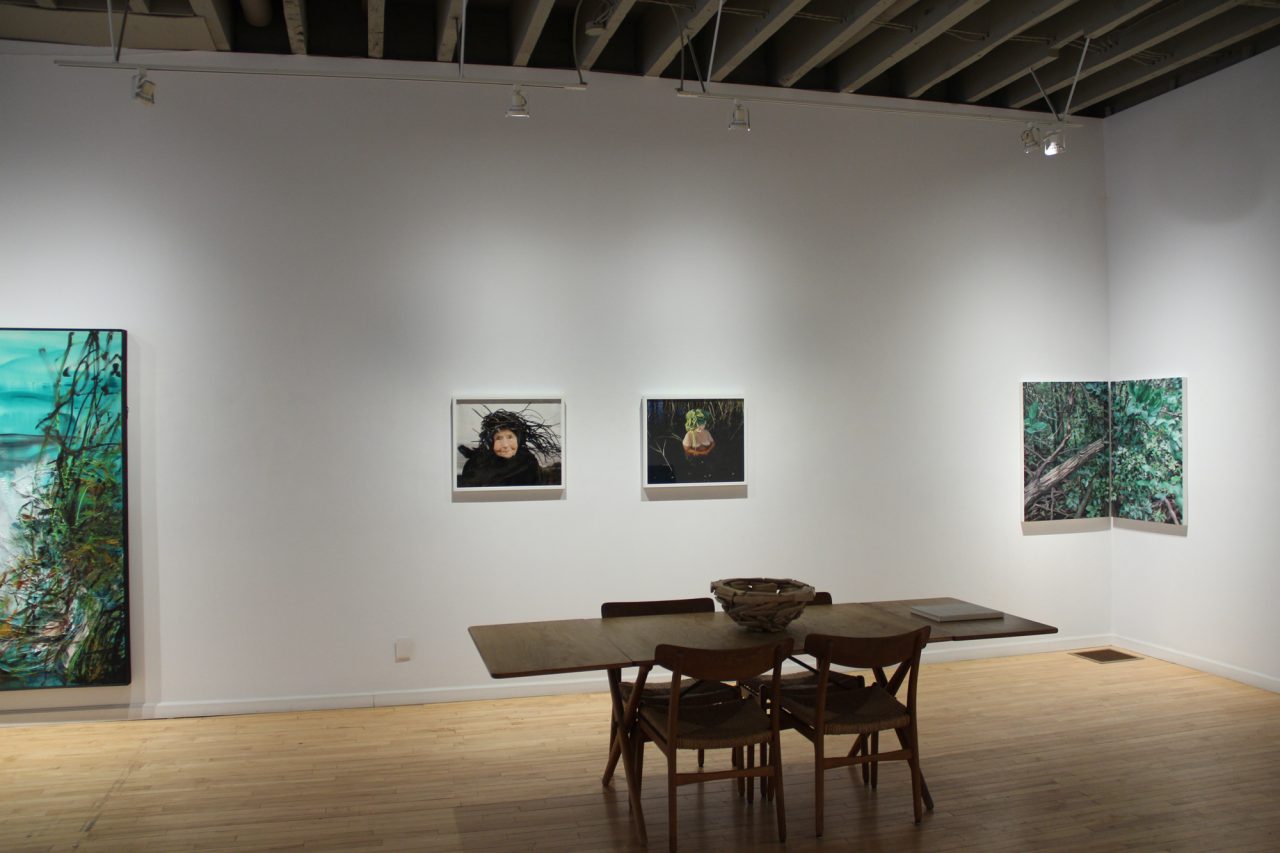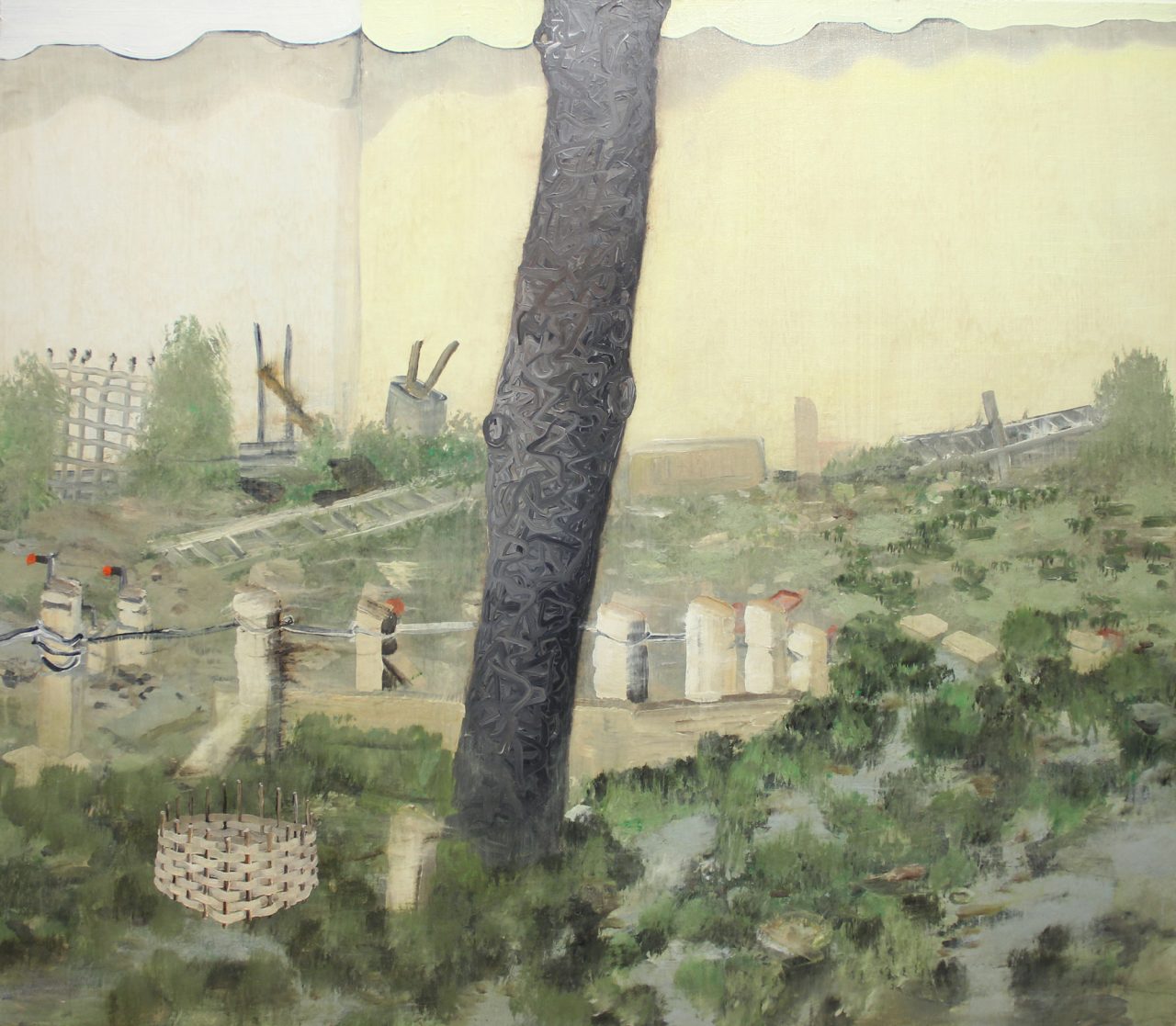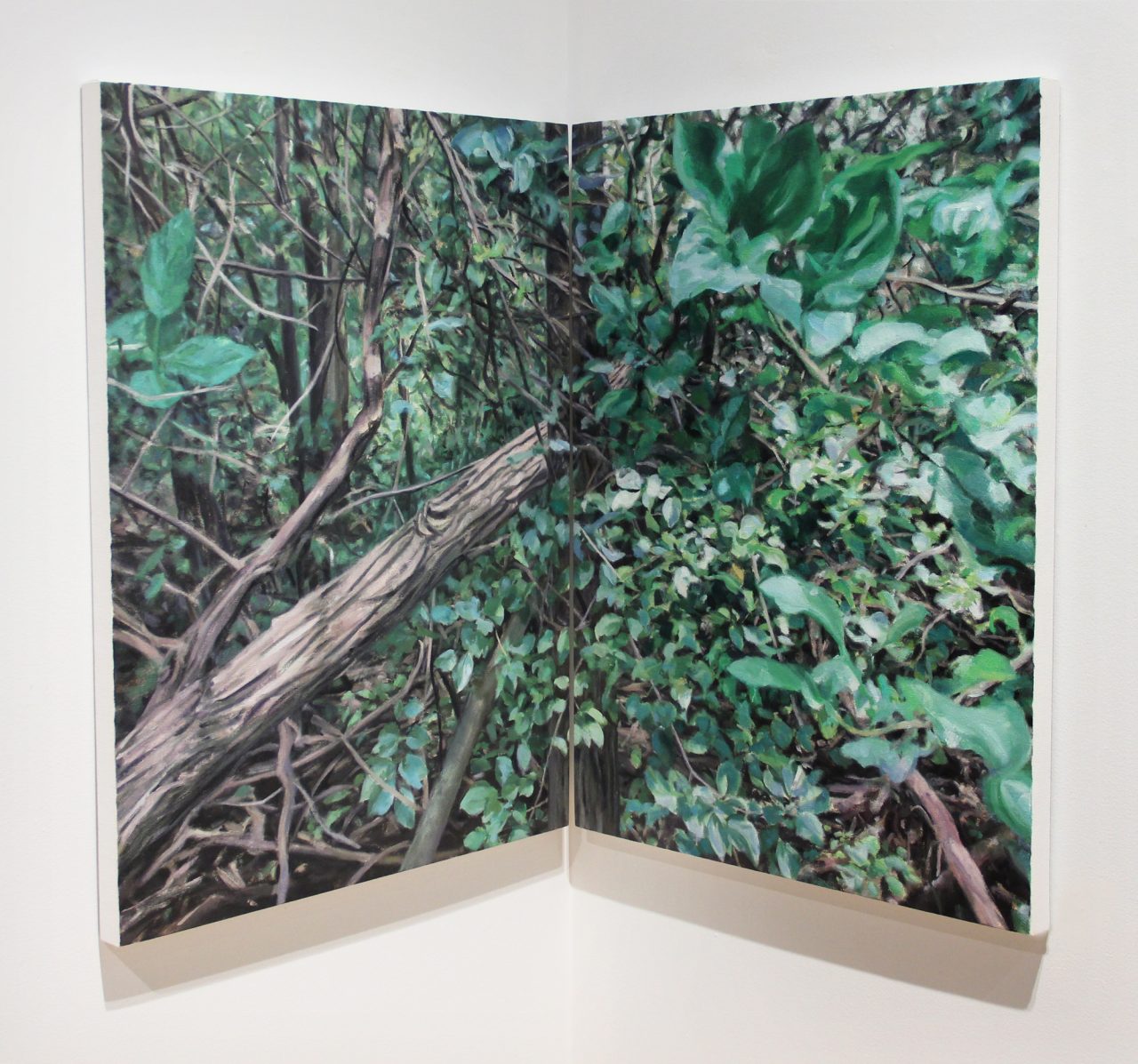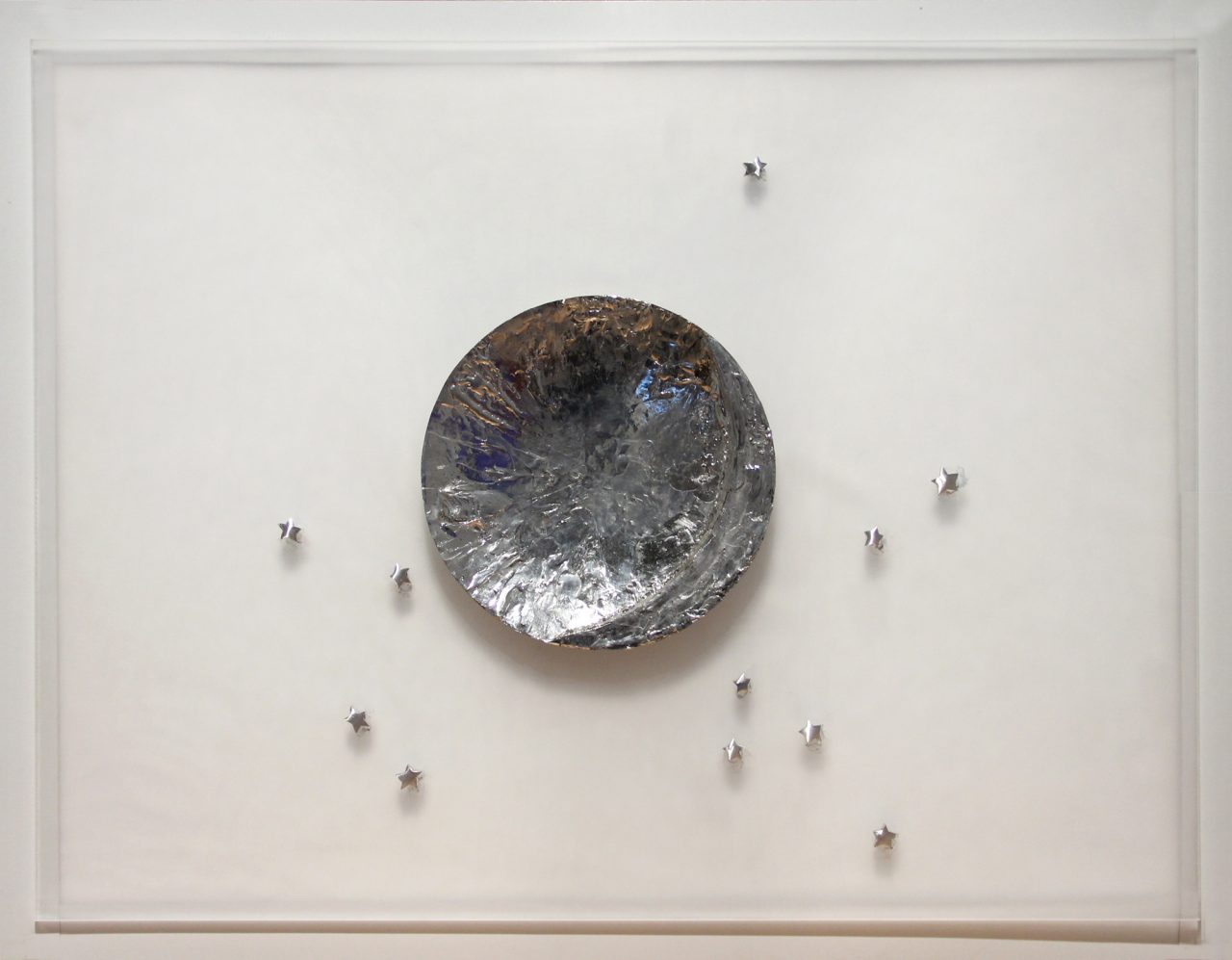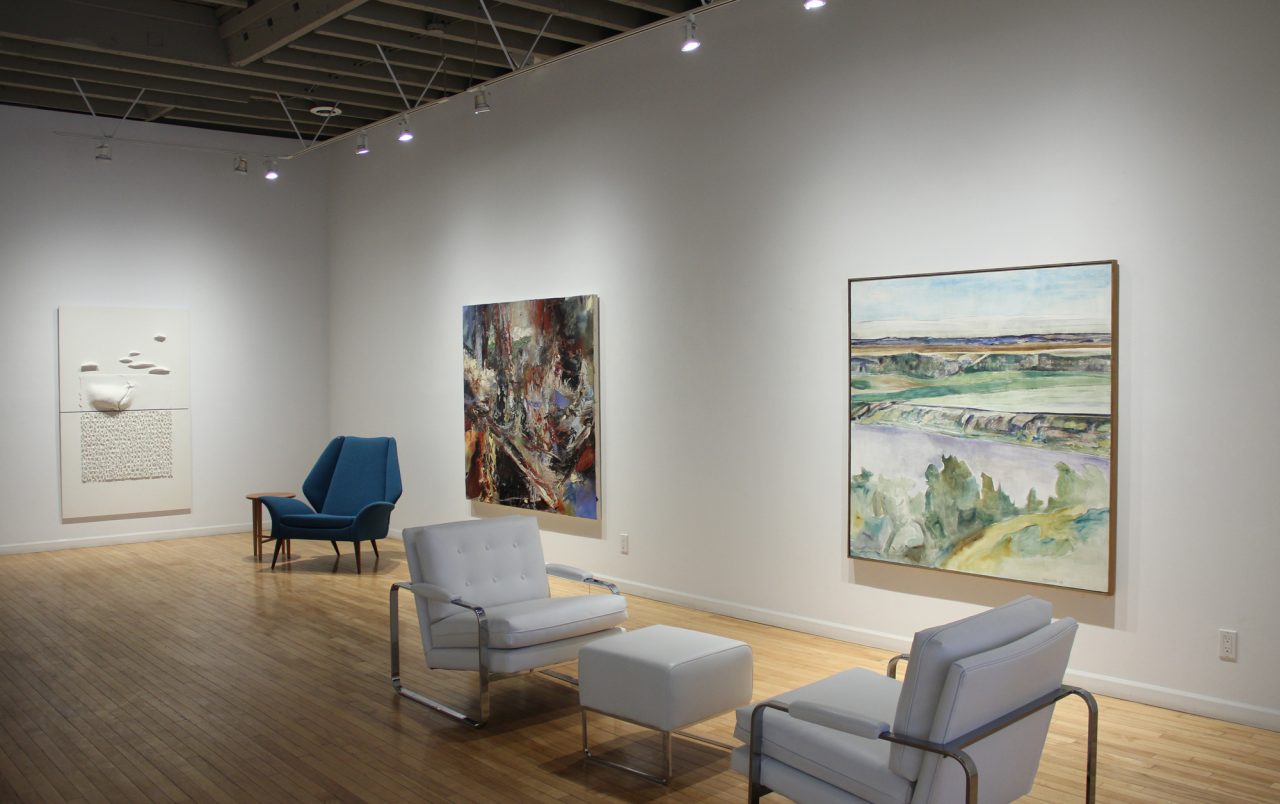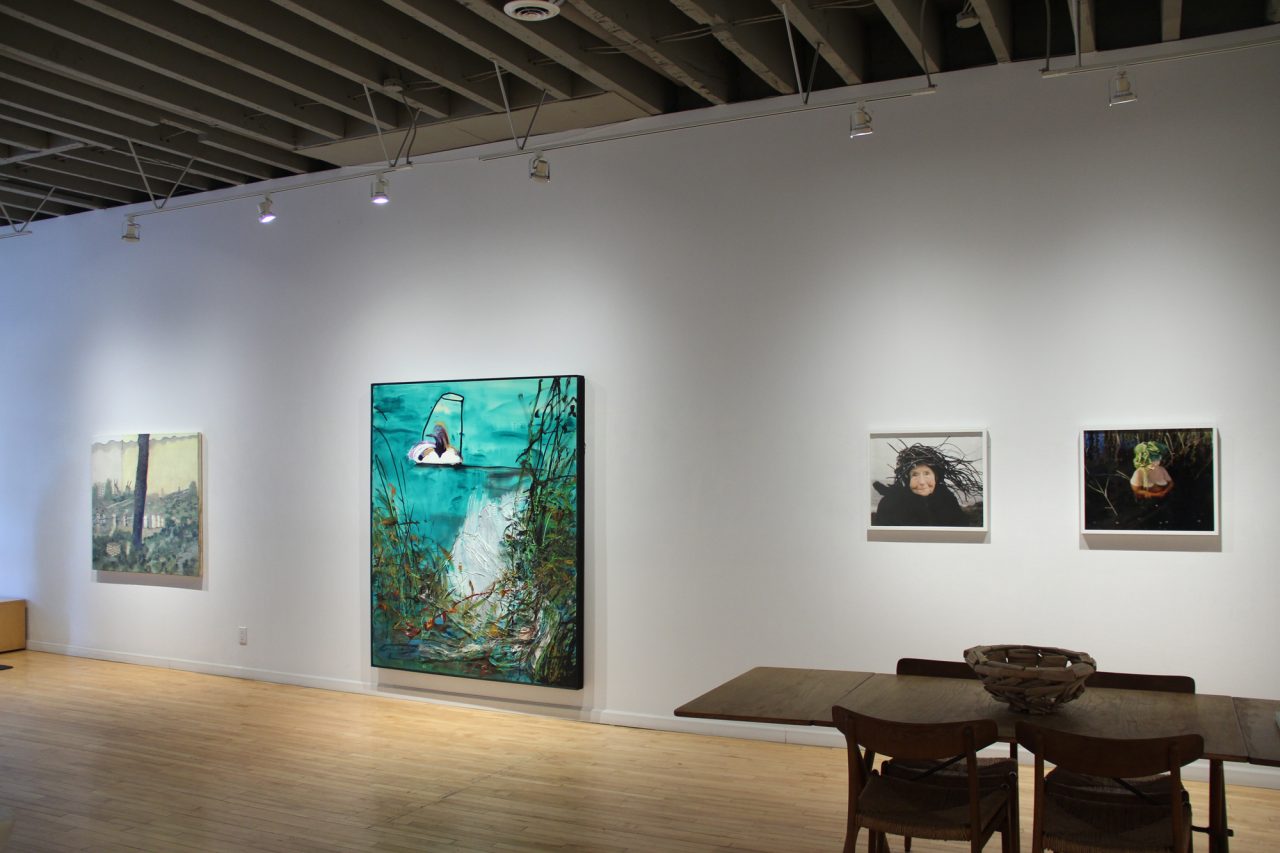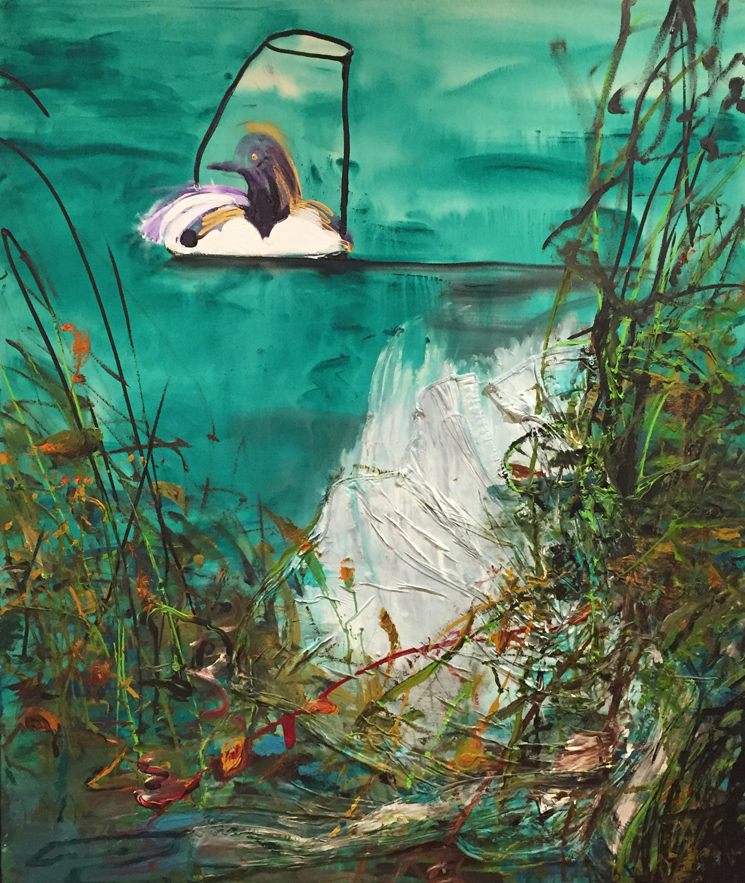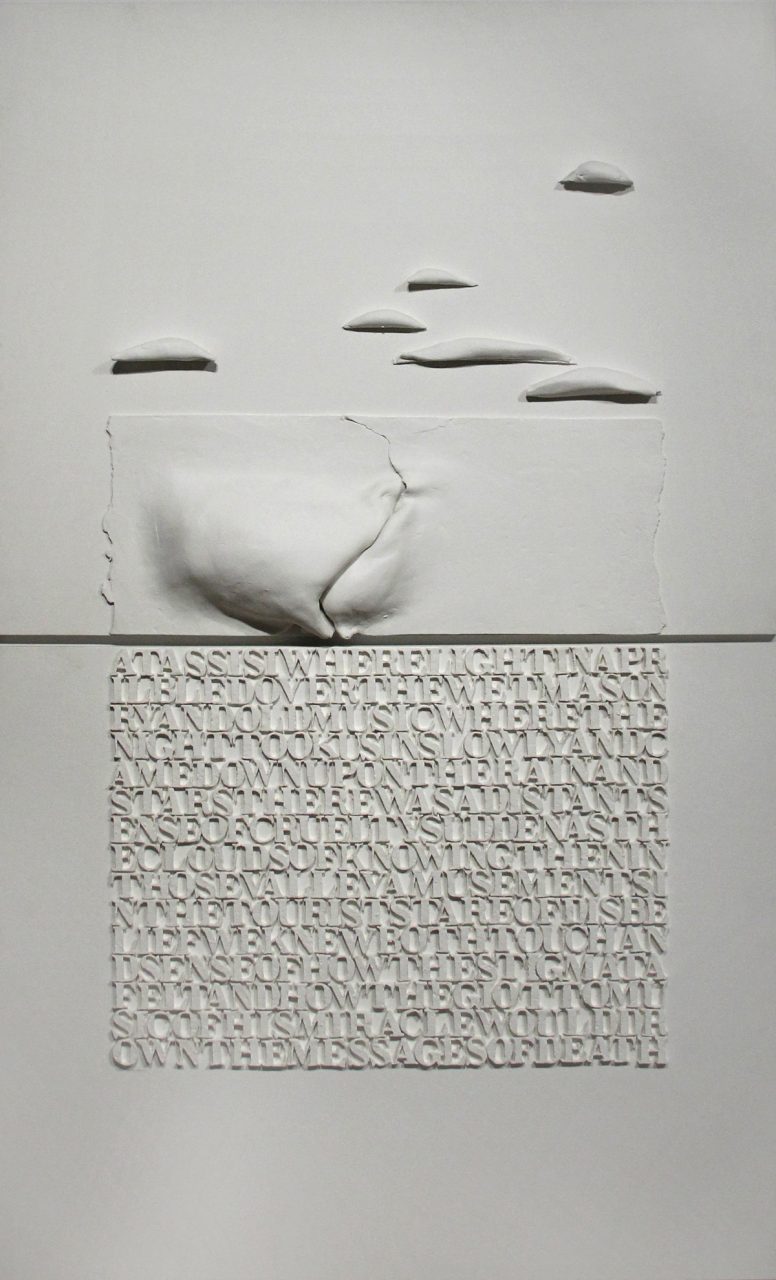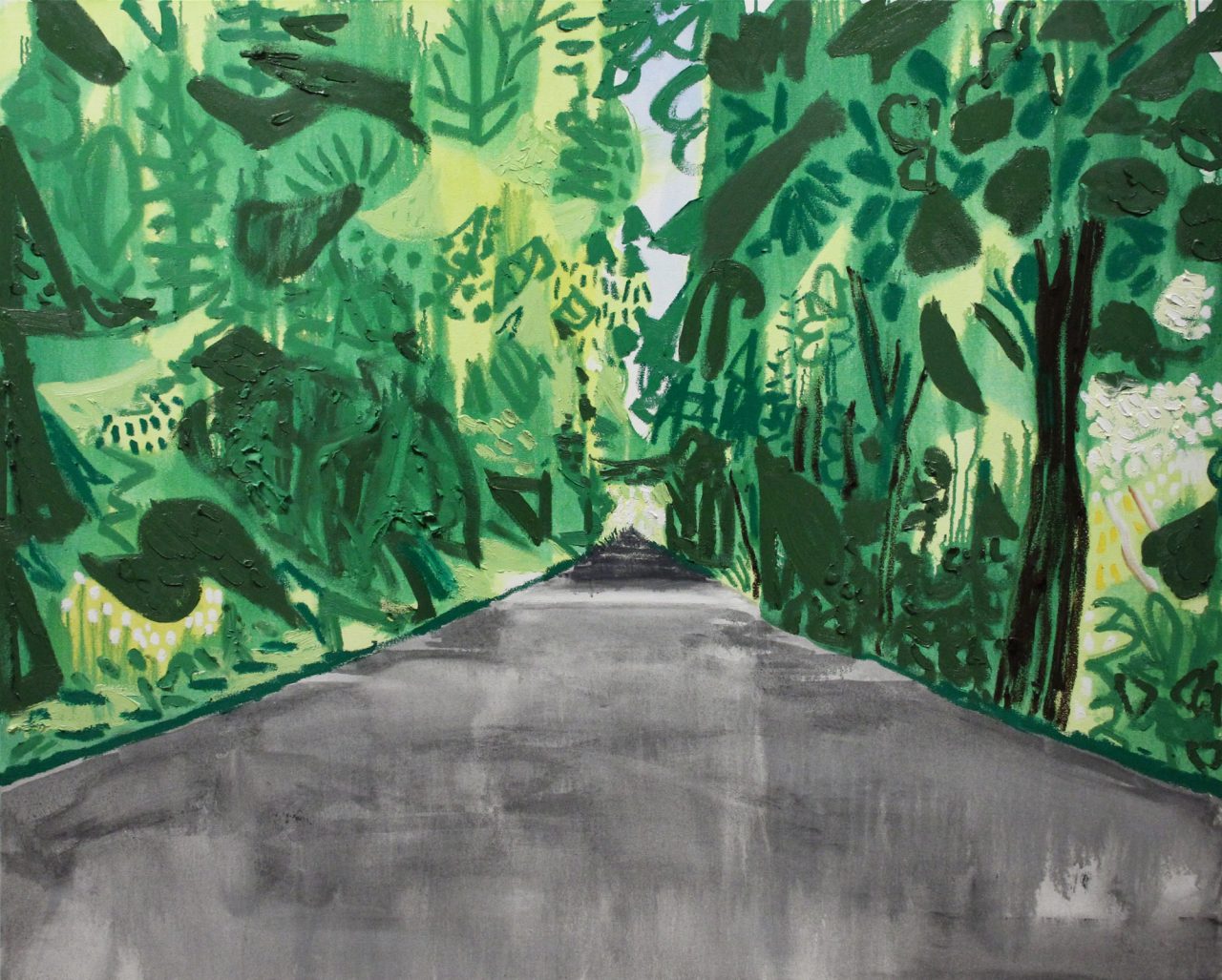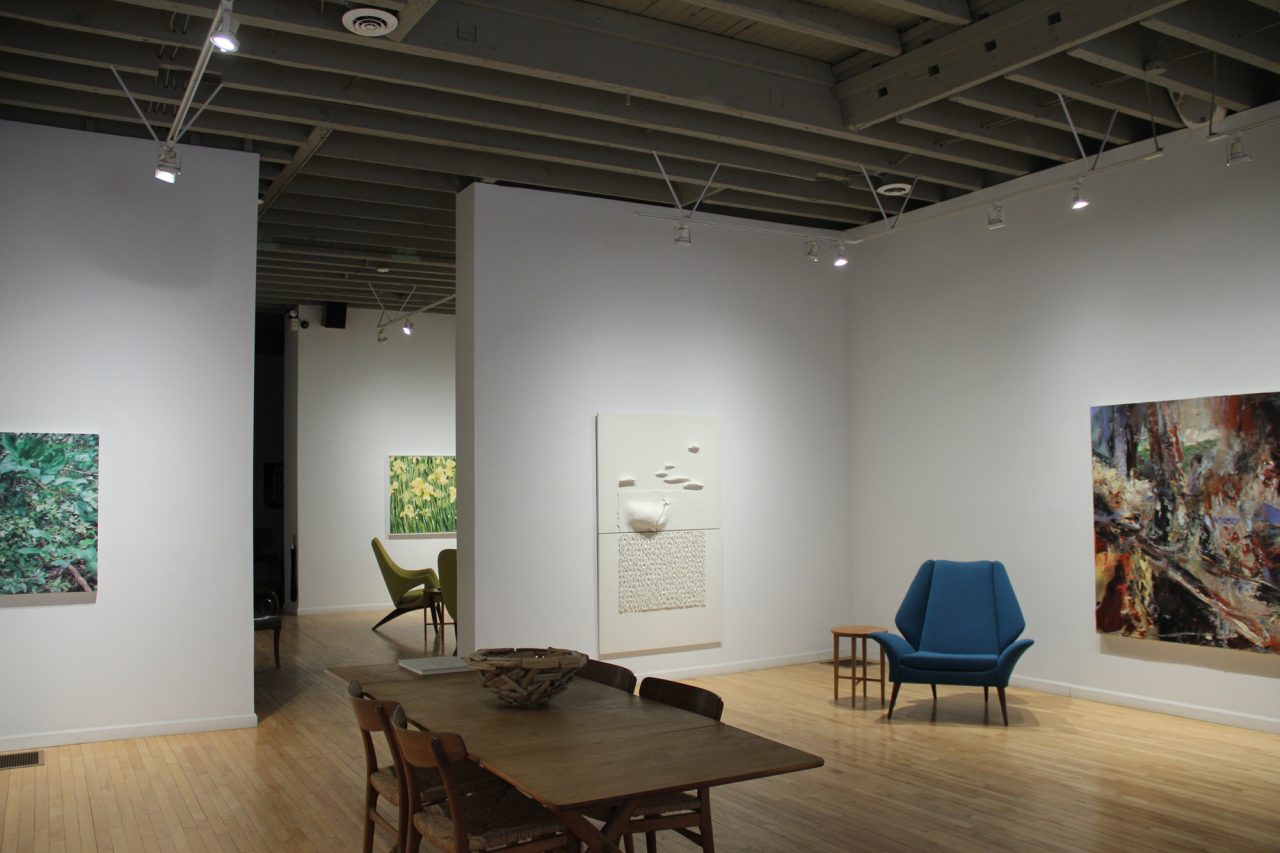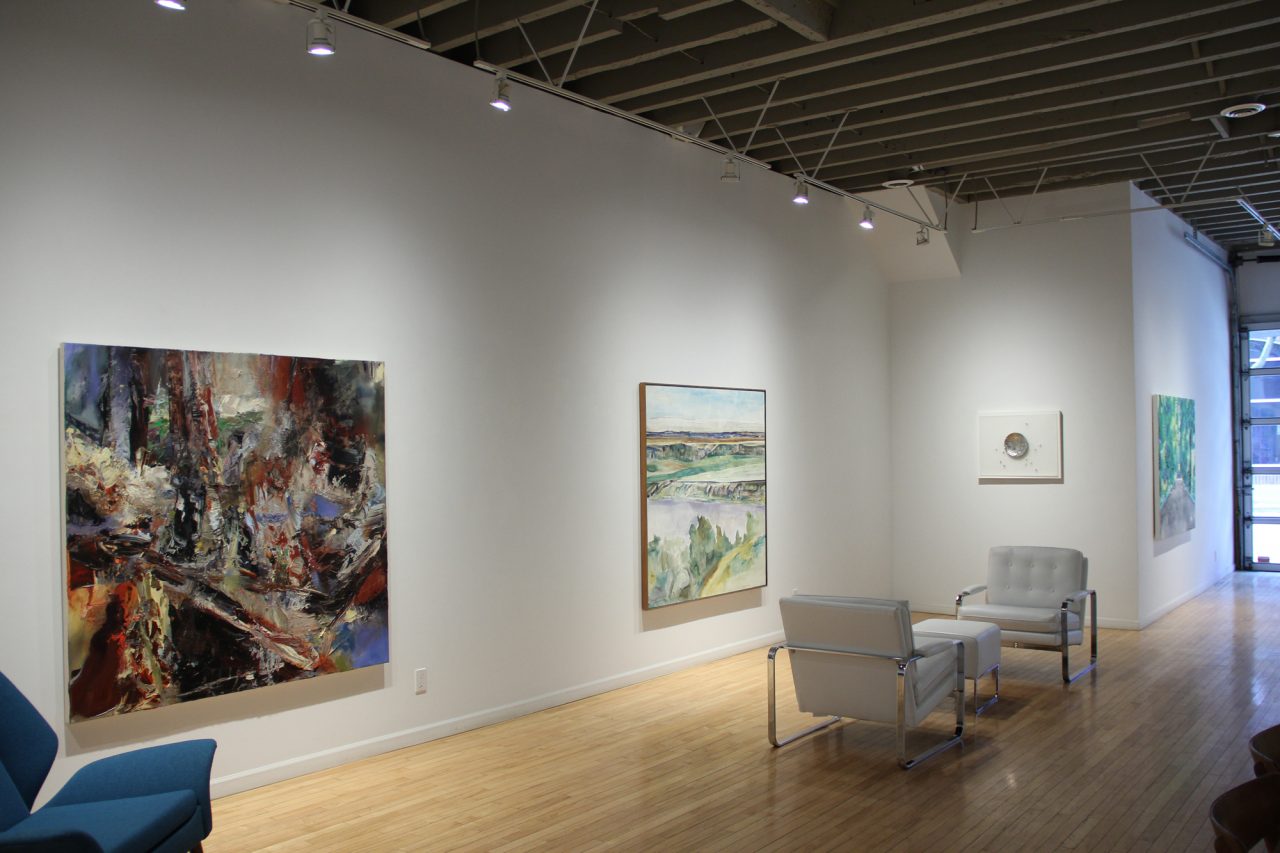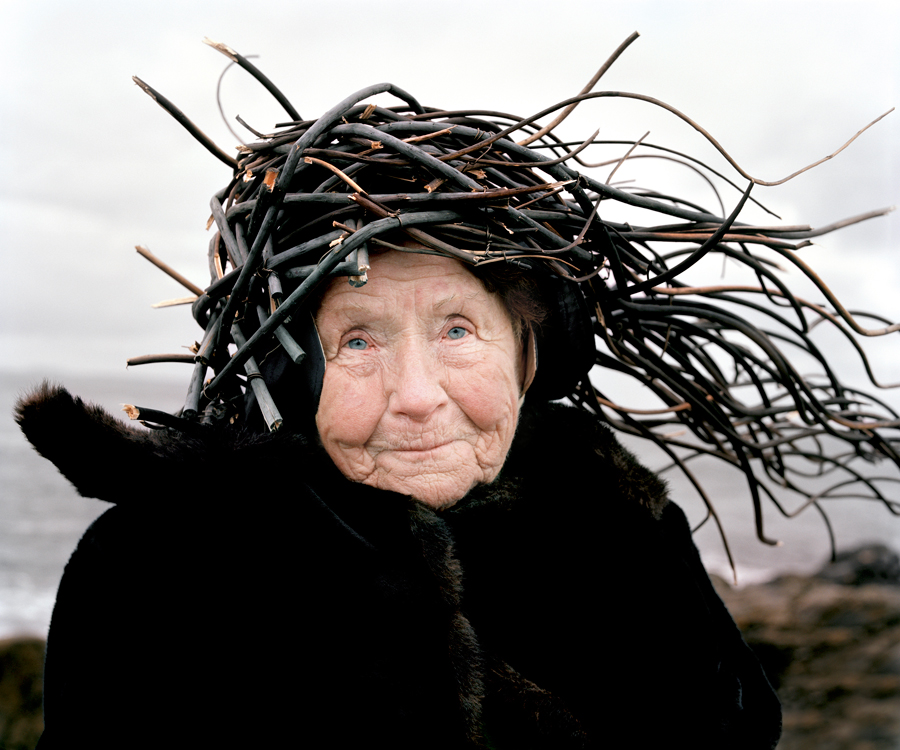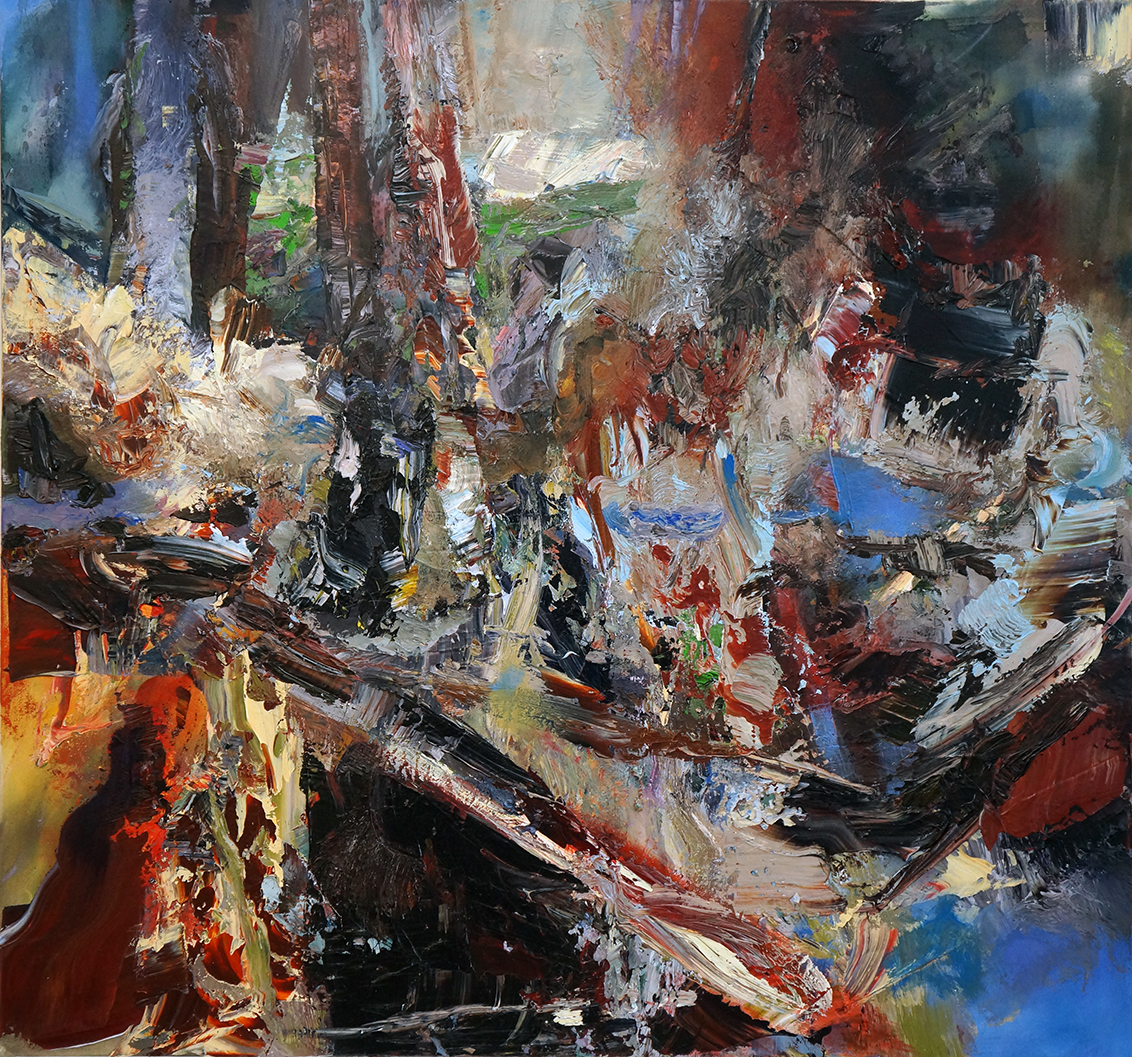“Environmental Land”
“Environmental Land” – March 6 – 28, 2020
Our March exhibition explores diverse representations of the environment, land and nature. Not all of the artists are characterized as “landscape artists”, though they each have taken aspects of their surrounding environment as the inspiration for their individual works. From Gordon Rayner’s homage to Tom Thomson to Margot Ariss’s poetic rendering in clay to Dorothy Knowles’ classic prairie landscape, each of the works included in the show capture the essence of each landscape.
“Environmental Land” includes distinct landscape-inspired artworks by nine gallery artists. Montreal painter Michael Smith is best known for his bold, gestural, abstracted landscapes. Influenced by his admiration of British painters Turner and Constable and the immediacy of Quebec abstraction, Smith’s “Rooth #7” is an immersive, atmospheric viewing experience.
We have paired Smith’s energetic landscape with Dorothy Knowles‘ classic and still 1965 Prairie landscape. A rare painting from the mid-1960s, “The Green Fields Series: Blue Distance” represents the development of her signature style. In 1962 both Knowles and her husband William Perehudoff met Clement Greenberg at the Emma Lake Workshop. Greenberg influenced Knowles to paint monumental canvases that represented the landscape literally, but still nodded to abstraction. At this time, Knowles started to use thin oil washes, similar to a watercolour painting. This painting represents the broad Prairie landscape that Knowles is known for in an elegant and understated way.
Book-ending both the Smith and Knowles paintings are Margot Ariss’s clay-formed 1978 wall sculpture and Ed Zelenak’s recent sculpture that pays homage to the night sky. Ed Zelenak is best known for his sculptures that combine a subtle spirituality with a keen awareness of the natural world. In “Part Sun, Part Moon #2”, Zelenak combines tin, copper with clear acrylic, displaying an intimate connection to his materials. Margot Ariss is also strongly connected to her material, in this instance, clay. Her hand-rolled clay forms hint at clouds, mountains or waves illustrating the tightly packed poem below.
Will Gorlitz‘s inviting corner painting engages the viewer in a different way. Gorlitz has stated that he has chosen the theme of landscape as an exploration and assessment of variables and possibilities in painting. It is not about a specific place or representation, rather, a “portal for a perceptual encounter that encourages each individual viewer to personally engage in the visual experience as a critical mode of reflection”.
The two photographs by collaborative photographers Eyes as Big as Plates use Nordic landscapes as a stage to set their characters within. Each image presents a solitary figure in a landscape, dressed in elements from surroundings that indicate neither time nor place. Nature acts as both content and context and the characters literally inhabit the landscape wearing sculptures made in collaboration with the two photographers.
Also, nodding to folklore is Gordon Rayner‘s painting that pays homage to the myth of the death of Tom Thomson. Perhaps Canada’s most revered landscape artist, Thomson tragically died in Canoe Lake. In 1989, Rayner painted a series of paintings that explored the various possibilities of Thomson’s death. Our “Evidence 1: Concerning a Drowning on Canoe Lake” shows off Rayner’s passion towards the subject and his gentle reminder that nature prevails.
Both Etienne Zack and Erik Olson have used their surrounding environments as the subjects of their two paintings. Erik Olson‘s “On The Road” painting was inspired by a three-month-long motorcycle ride that the artist took in 2018. The painting represents the literal expression of being “on the road” with the hot sun blaring down, whirling trees on either side and the endless horizon line. Etienne Zack‘s “Middle Man” was made during a time when Zack would walk around East Vancouver, come back to the studio, and from memory, recall and paint specific scenes from his walks. The paintings explored socio-political ideas that related to the transformation of the city and people living there and document vaguely familiar urban settings, and abandoned spaces.
